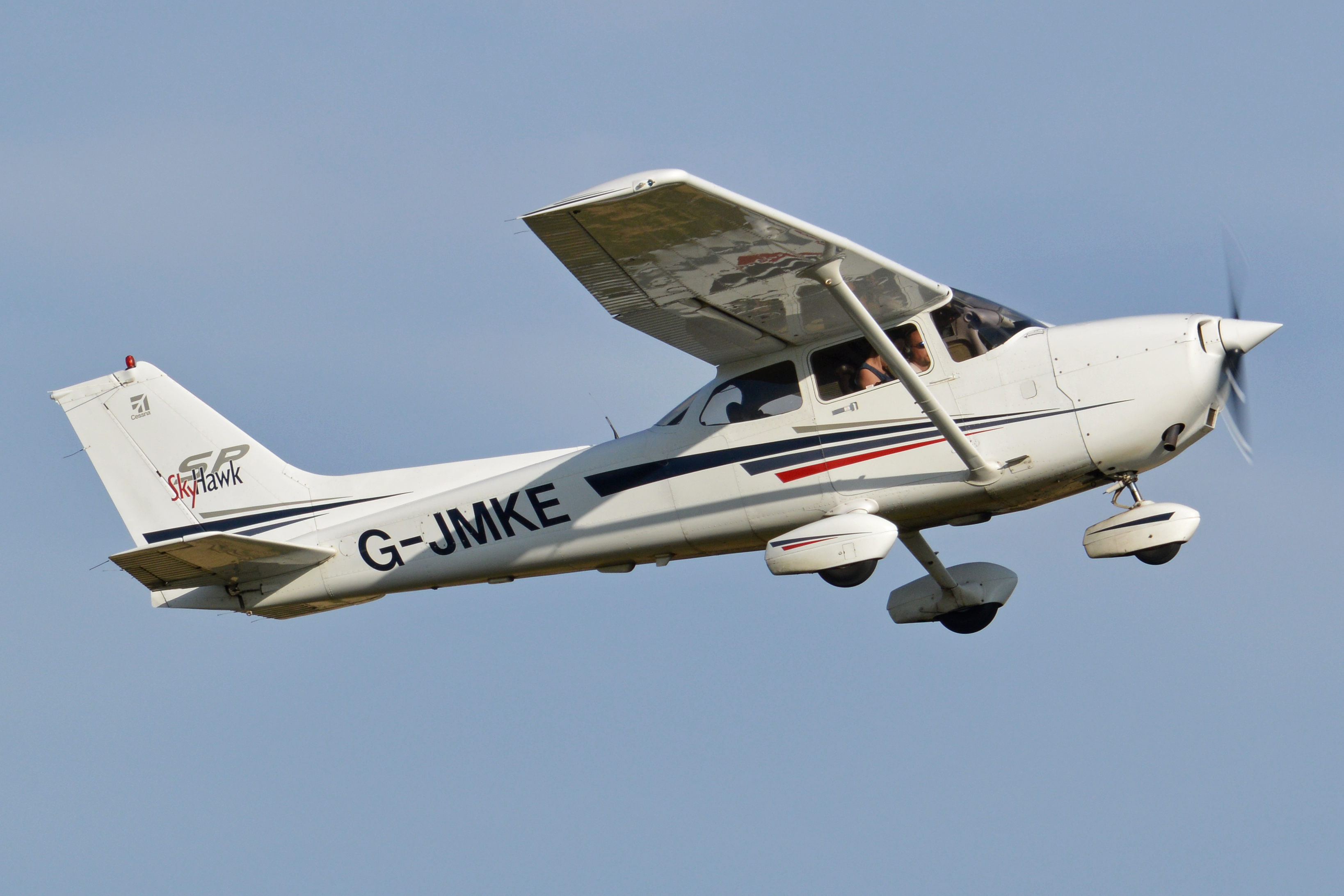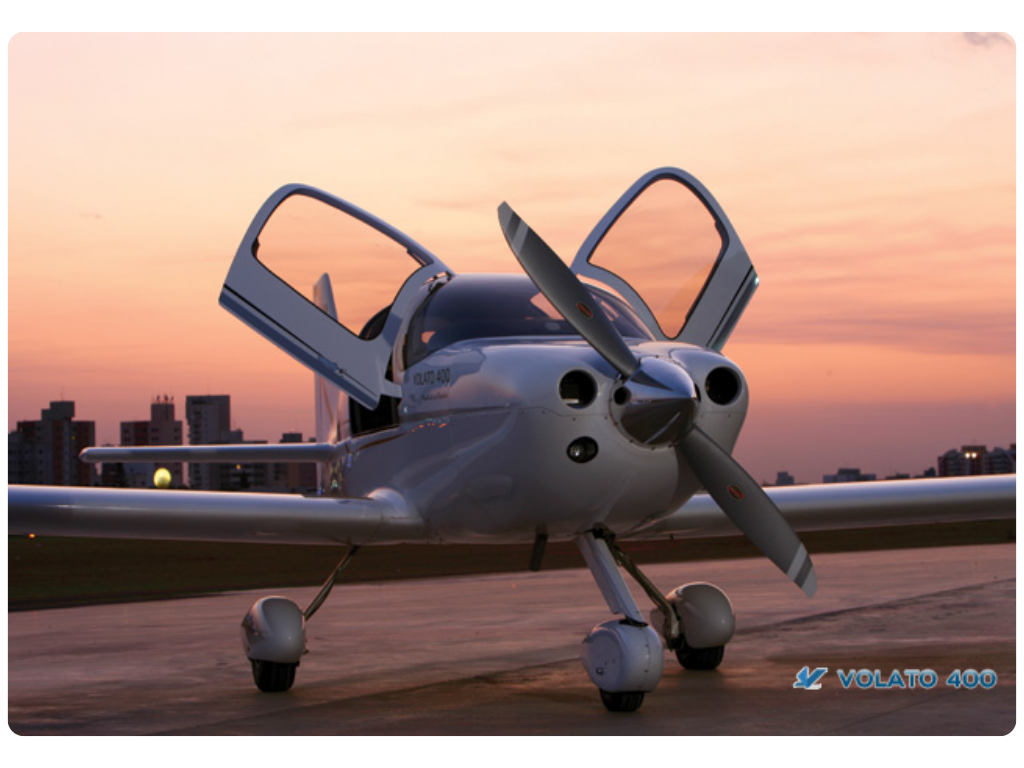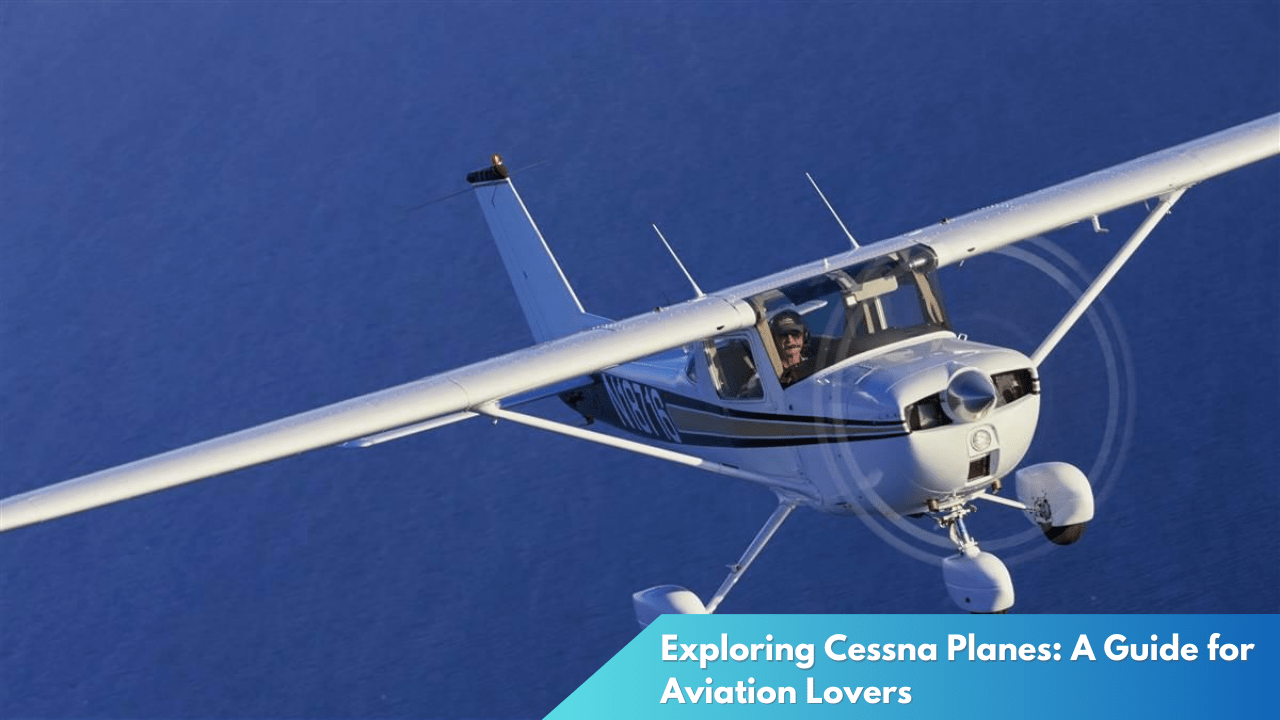What Sets the Experimental Airplane Apart?
In the ever-evolving world of aviation, experimental airplanes stand at the forefront of innovation and design. These groundbreaking marvels of engineering are not just prototypes; they are the testing grounds for technologies that could redefine the future of flight. By exploring what sets experimental airplanes apart, we gain insight into the cutting-edge advancements shaping the aviation industry.
Innovations in Design: The Experimental Edge

In the realm of aviation, design is where ingenuity truly takes flight. Experimental airplanes push the boundaries of what is possible by incorporating revolutionary designs that challenge conventional aerodynamics. Engineers and designers leverage advanced materials such as carbon composites and lightweight alloys to create airframes that are both strong and fuel-efficient. These materials not only reduce the aircraft’s weight but also enhance its performance capabilities, enabling longer ranges and greater speed.
The experimental edge is also evident in the integration of novel propulsion systems. From electric engines to hybrid configurations, these airplanes are testing grounds for sustainable aviation solutions. Electric propulsion, in particular, is gaining traction as a quieter and cleaner alternative to traditional jet engines. By experimenting with these technologies, manufacturers aim to minimize the environmental impact of air travel while maintaining the power and efficiency required for commercial viability.
Furthermore, the design of experimental airplanes often includes advanced aerodynamic features that optimize flight efficiency. Concepts such as blended wing bodies and morphing wings demonstrate the potential for improved lift-to-drag ratios and reduced fuel consumption. These designs are not only instrumental in enhancing performance but also in contributing to the overall sustainability of aviation. As designers continue to innovate, experimental airplanes serve as a crucial bridge between current capabilities and future possibilities.
Breaking Barriers: Unique Features Unveiled

Experimental airplanes are not confined by the limitations that often restrict traditional aircraft. They are the epitome of aviation advancement, sporting unique features that set them apart. Autonomous flight capabilities are one such feature, with experimental aircraft testing sophisticated autopilot systems and artificial intelligence that could revolutionize pilotless flight. These systems promise increased safety and efficiency by reducing human error and optimizing flight operations.
Another groundbreaking feature is the incorporation of cutting-edge avionics and smart cockpit technologies. These advancements enable real-time data processing and enhanced communication between the aircraft and ground control. Enhanced situational awareness through augmented reality displays and voice-activated commands are examples of how these systems are redefining the pilot’s role and enhancing operational safety.
Moreover, experimental airplanes frequently explore uncharted territories in aerodynamic configurations and structural integrity. From variable-sweep wings to active flow control surfaces, these features allow aircraft to adapt dynamically to different flight conditions, maximizing performance. The exploration of such technologies not only sets experimental airplanes apart but also provides valuable insights into potential applications for commercial aircraft.
The world of experimental airplanes is a testament to human ingenuity and the relentless pursuit of aviation excellence. By experimenting with novel designs and groundbreaking technologies, these aircraft pave the way for the future of flight. As the aviation industry continues to evolve, the innovations tested in experimental airplanes today may become the standard features of tomorrow’s commercial fleets. In witnessing their evolution, we gain a glimpse into a future where air travel is more efficient, sustainable, and revolutionary than ever before.



